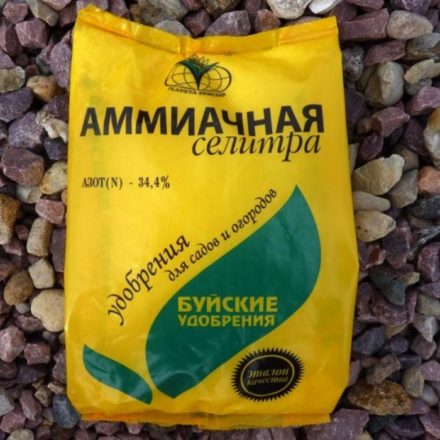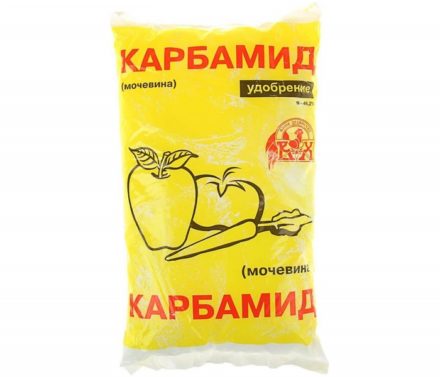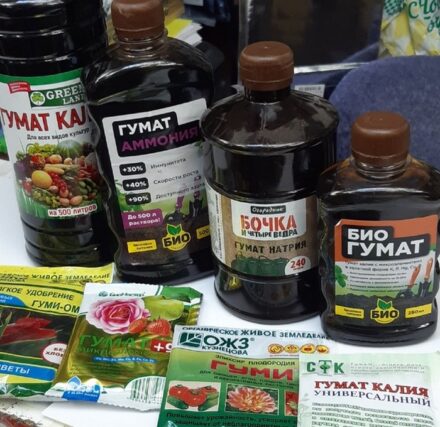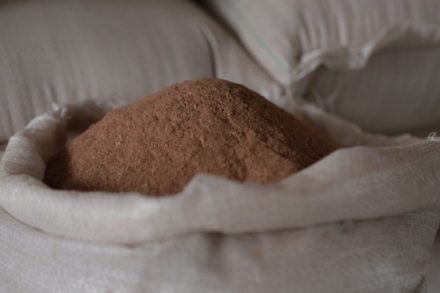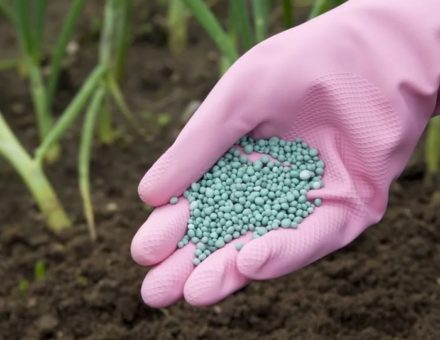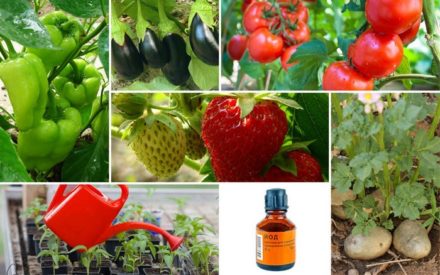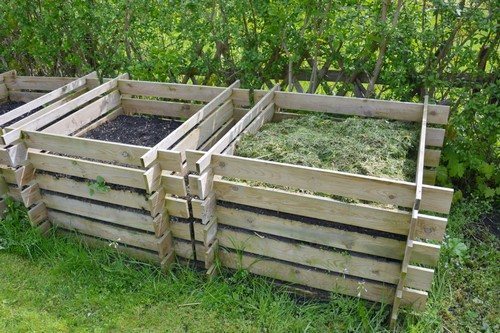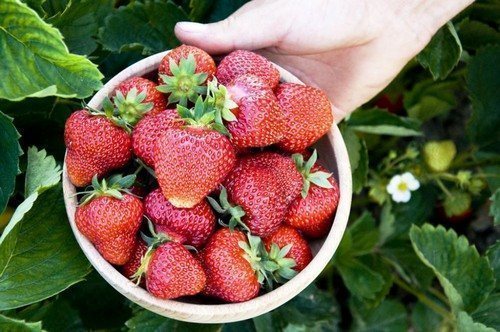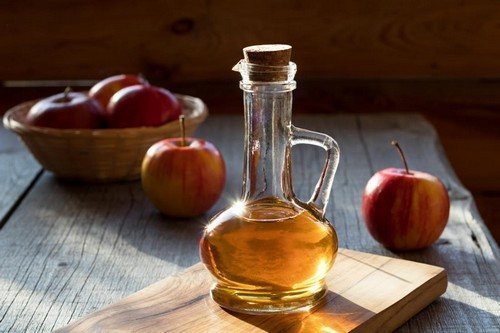The key factor in getting a good harvest is timely and proper plant feeding. The necessary components for all stages of the life cycle of garden plants can be prepared with your own hands, without resorting to buying ready-made ones. This approach allows you to significantly reduce the cost of the harvest and get environmentally friendly products from the beds.
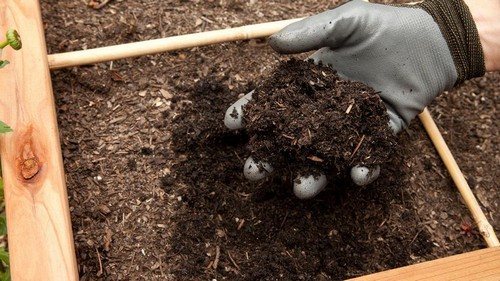
Organic fertilizers
The experience accumulated by gardeners allows us to highlight several of the most effective biological additives for increasing yields:
- compost;
- manure;
- chicken droppings;
- liquid fertilizers based on weeds;
- yeast-based fertilizers;
- growing green manure;
- ash fertilizers.
This list does not exhaust the preparation of fertilizers with your own hands. Many gardeners experiment with the composition, proportions and timing of their application to the soil. Some manage to get good results, but this information is not confirmed and not systematized.
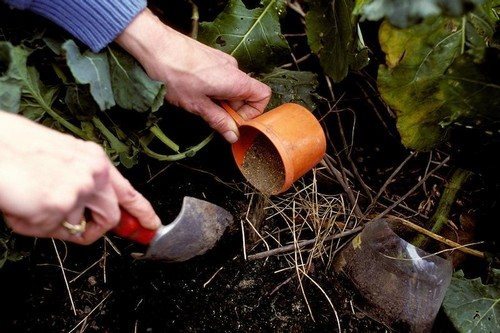
Compost
A valuable organic fertilizer. Compost is the result of the decomposition of organic materials, which is facilitated by aerobic bacteria. The compost heap is laid in layers, observing the proportions.
This scheme ensures complete uniform maturation of the compost. The following are commonly used:
- Manure, bird droppings.
- Annual weeds.
- Cardboard and paper waste.
- Leaves, branches, tree bark.
- Spoiled vegetables, fruits, peelings, eggshells.
- Tops, straw.
- Garden soil.
The full cycle of preparing fertilizer from plant biomass naturally takes a year or two. To speed it up, industrial concentrates are used: “Ogorodnik”, “Siyanie”, “Baikal EM-1”, “Vostok EM-1”, “Khasiyar”, “EM-A”.
On a note: Ordinary earthworms give a similar result. A positive side effect will be the destruction of weed seeds.
The basis of industrial composting accelerators are lactic acid bacteria and baker's yeast. You can make your own accelerator from any fermented milk products.
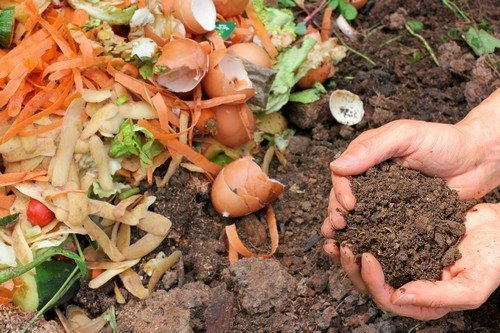
Manure
This type of organic fertilizer contains all the necessary elements with a high degree of concentration. The most responsive to it are melons and nightshades: cucumber, pumpkin, watermelon, melon, tomato, pepper.
Important: Fresh manure is not used for the beds. It should “ripen” within 1-2 years.
Manure is applied before winter at the rate of 5-8 kg per 1 square meter. m. As the manure “matures,” the content of nitrogen compounds decreases. Therefore, mandatory spring feeding of plants with nitrogen fertilizers is carried out.
Fresh manure can only be used to prepare liquid fertilizers during the growth stage. The container is filled up to half with fresh manure, the remaining volume is filled with water. The container is covered with a lid. The watering solution will be ready in 2-3 days. The concentration is reduced by adding water in a ratio of 1:20. Watering is done at the root.
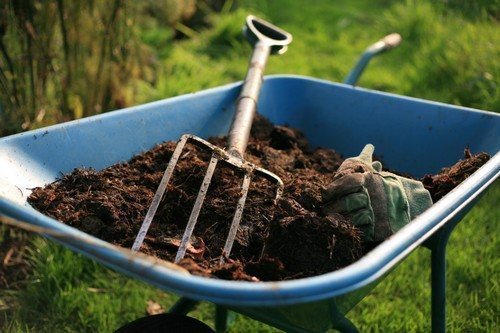
Chicken droppings
It is a valuable source of nitrogen and phosphorus fertilizers. It contains a large number of essential microelements necessary for the plant at all stages of its life cycle.It is used as one of the components in compost or added to the soil immediately before planting seedlings. However, more often it is used for preparing liquid fertilizers. The preparation technology is similar to the preparation of liquid fertilizer based on fresh manure. The concentrate is diluted with water 1:20 or more. Root feeding is carried out after rain or scheduled watering, avoiding contact with the leaves.
Attention: Feeding is stopped at the growing season, since there is a risk of the plant becoming infected with intestinal infections and helminths.
Liquid fertilizers based on chicken manure give plants an impetus to grow. The result will be noticeable within a few days after use. Another valuable property is that the fertilizer has a prolonged effect.
On a note: You can get rid of the unpleasant smell of fertilizing by adding copper sulfate crystals to the container.
The effectiveness of any bird droppings is comparable to chicken droppings. No less common and valuable is pigeon droppings. You can stock up on them in the off-season. However, long-term storage will require careful drying.
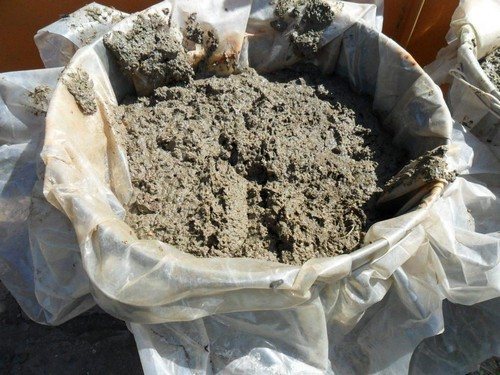
Liquid fertilizers based on weeds
This is the most budget-friendly option for making fertilizers yourself. Advantages of liquid fertilizers on weeds:
- High efficiency.
- Zero cost.
- Environmental friendliness.
- Dosage accuracy.
- Quick cooking.
The principle of natural fermentation of organic matter is used in the preparation of solutions. In the practice of gardeners, any weeds are used, which are first crushed and then filled with water. Cover the container with a lid. Fermentation continues for several days.The solution foams and produces an unpleasant odor. During this period, it must be stirred occasionally.
The readiness of fertilizing is determined by the clarification of the solution and the end of foaming. The process takes 10-12 days. After dilution in a ratio of 1:10, the fertilizer is ready to be applied at the root.
On a note: The unpleasant odor is neutralized by valerian extract added directly to the container.
For foliar feeding, the infusion is diluted with water 1:20. Cabbage, tomatoes, cucumbers, and herbs are responsive to such fertilizers. It is not used for legumes and bulbous plants.
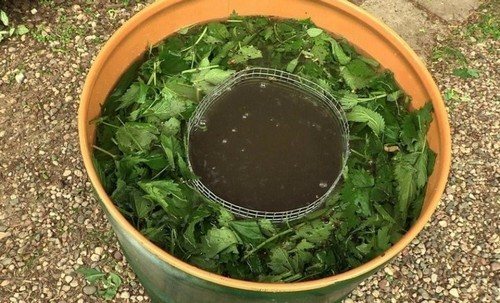
Yeast-based supplements
Tomatoes are susceptible to them. Fermented milk or baker's yeast is used for sourdough. Yeast is diluted in warm water. The container with the starter is filled ¾ full with water, sugar is added, and placed in a dark, warm place for fermentation. When the fermentation process is complete, the mash is diluted 1:20 with water. They pour at the root.
Keep in mind: Yeast feeding can be an integral part of a complex fertilizer.
To prepare a complex fertilizer, weeds, fresh manure or chicken manure, and yeast starter are fermented in one container. Its preparation takes two weeks. After dilution with water 1:10, the fertilizer is ready for root feeding.
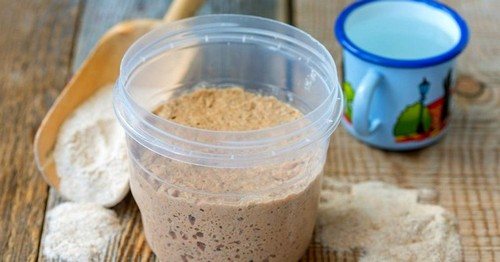
Growing green manure
Green manures are the predecessors of garden crops. They serve as a valuable source of nitrogen, potassium, and microelements. Sowing is carried out immediately after the main harvest. 1.5-2 months, before the onset of cold weather, green manure has time to grow.By spring, the soil in this place will be saturated with all the necessary elements, will acquire a loose, breathable structure. The best green manures include:
- legumes;
- clover;
- alfalfa;
- mustard;
- nettle.
Green manures can be used in the preparation of compost, liquid fertilizers.
Note: Nettle disinfects the soil, protects plants from fungal diseases.
Some green manures can be used to prepare nutrient mixtures for poultry and animals. For these purposes, alfalfa and clover are most suitable.
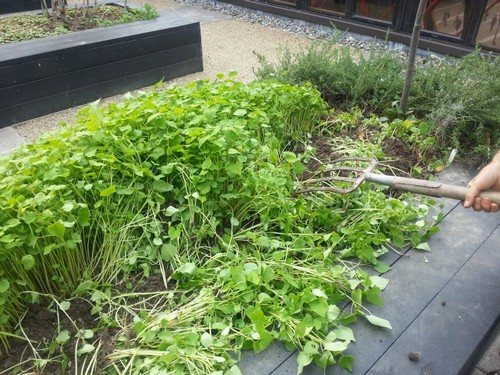
Ash fertilizers
A cheap and environmentally friendly source of essential elements for garden crops. Their main advantages:
- ash contains up to thirty elements;
- phosphorus from ash fertilizers is absorbed better than in superphosphate;
- in the absence of chlorine, which inhibits the development of berry crops and potatoes;
- reduces acidity and improves soil structure;
- use in the fight against pests and pathogenic microflora;
- accelerates the maturation of compost.
In addition, the production of ash fertilizers helps to solve the problem of disposal of solid household waste in the summer cottage.
Note: Ash of potato tops contains 20% potassium, 8% phosphorus, 32% lime.
The most susceptible to fertilizing are potatoes, cabbage, tomatoes, strawberries, raspberries, currants, beets, carrots, pumpkins. Ash fertilizers are used by direct application to the soil during digging, preparation of liquid solutions at the rate of 100-150 g. per bucket of water, dusting the foliage. The preparation of complex fertilizers has its own characteristics:
ash is not added to liquid nitrogen-containing fertilizers, since the nitrogen content in them is reduced;By spring, the soil in this place will be saturated with all the necessary elements and will acquire a loose, breathable structure. The best green manures include:
- legumes;
- clover;
- alfalfa;
nettle.
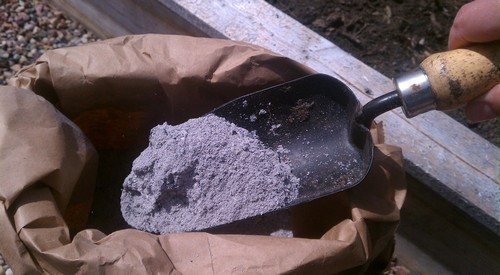
Starch for seedlings: who is it useful for and how to use it
The use of green manure is possible in the preparation of compost and liquid fertilizers.
- On a note:
- Nettle disinfects the soil and protects plants from fungal diseases.
- Some green manure can be used to prepare nutrient mixtures for poultry and animals. For these purposes, alfalfa and clover are most suitable.

Ash fertilizers


